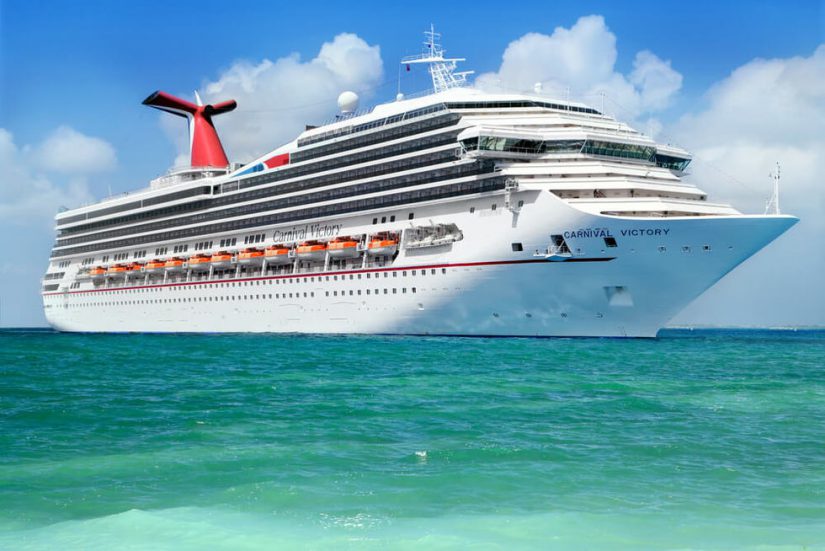 A federal appeals court has overturned a lower court ruling reinstating a personal injury lawsuit filed by a Carnival Corp. passenger who injured her leg and knee in a trip-and-fall accident. According to a news report, the court ruled that there was evidence that the cruise ship company may have known about a hazardous condition on its ship. The woman injured her right leg and knee as she was getting out of the aerobics room and entering the gym on Carnival’s Glory cruise ship. She filed the lawsuit asserting a negligence claim.
A federal appeals court has overturned a lower court ruling reinstating a personal injury lawsuit filed by a Carnival Corp. passenger who injured her leg and knee in a trip-and-fall accident. According to a news report, the court ruled that there was evidence that the cruise ship company may have known about a hazardous condition on its ship. The woman injured her right leg and knee as she was getting out of the aerobics room and entering the gym on Carnival’s Glory cruise ship. She filed the lawsuit asserting a negligence claim.How the Personal Injury Case Evolved
The lower court in Miami granted Carnival’s summary judgment dismissing the case on the basis that the plaintiff had “failed to create a genuine issue of material fact about Carnival’s actual or construction notice of the dangerous condition.” That ruling was overturned unanimously by the three-judge appellate court in Atlanta.
The woman said even though she was paying attention to where she was walking, she was unable to see the threshold because the stainless steel baseboard reflected the carpet and seemed “flush to the floor, like an optical illusion.” The plaintiff also said that seven other passengers had tripped and fallen at different thresholds on other ships where there were similar stainless steel reflective baseboards. In addition, Carnival had posted at least three warning signs telling passengers to watch their step along with putting up striped tape to mark the hazardous area.
The appellate court ruling stated that the earlier trips and falls as well as the warnings posted are enough to show Carnival’s knowledge of the dangerous condition on the ship where the plaintiff fell. The woman’s attorneys said she has had surgeries to remove a large nerve in her leg, leaving her with a foot drop and the inability to control her foot. She also suffers from chronic pain due to these injuries, they said.
Proving a Trip-and-fall Case
Like most personal injury lawsuits, slip-and-fall and trip-and-fall lawsuits hinge on the question of negligence, which means that someone was careless or committed a wrongful act or failed to take some action, which resulted in the injuries. In order to prove negligence in a trip-and-fall case, the plaintiff must show evidence that the defendant owed a duty of care to the plaintiff; that they breached or violated that duty of care; and that the plaintiff’s injuries were the result of that breach.
Trip-and-fall cases are a form of premises liability. In order to prove that the defendant owed a duty of care to the plaintiff, you must show that the defendant is ultimately to blame for the accident. This means that the party who manages the property caused the dangerous condition that led to the trip-and-fall accident, and that they were aware or should have been aware of that dangerous condition. The majority of slip-and-fall or trip-and-fall accident claims against supermarkets or commercial property owners or managers, for example, try to show that the defendant should have been aware of the potential danger.
If you or a loved one has been injured in a slip and fall or trip and fall accident, it is important that you seek the counsel of an experienced California personal injury lawyer who will analyze all aspects of the incident and help ensure that your legal rights and best interests are protected. You will need someone to work diligently to help you secure maximum compensation for all your losses. Call us today for a free consultation and comprehensive case evaluation.
